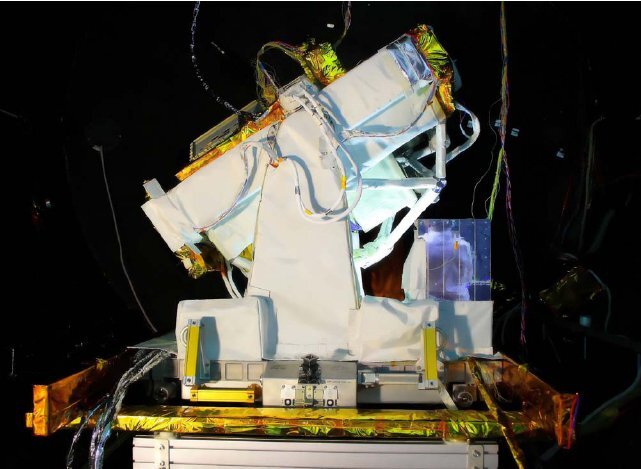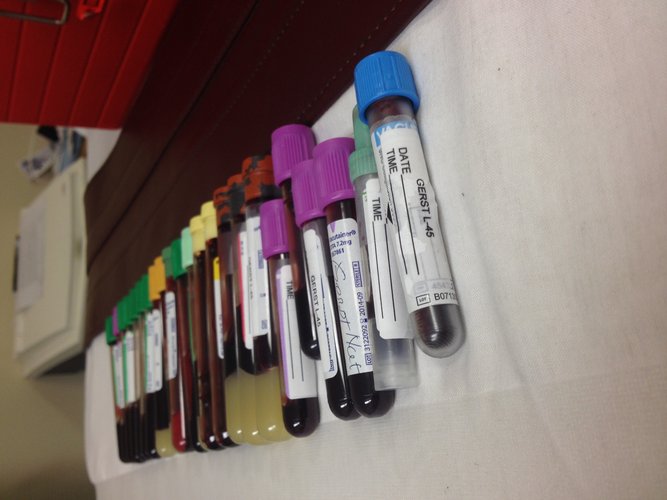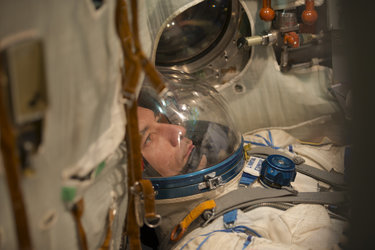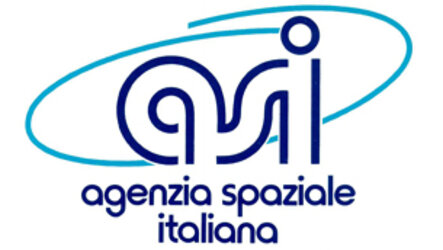Environment
DOSIS 3D
Radiation levels in space are up to 15 times higher than on Earth. As soon as humans leave the protective shield that is Earth’s atmosphere, space radiation becomes a serious concern.
DOSIS 3D helps to understand space radiation and how it penetrates the Space Station walls. Active and passive radiation detectors are used to map radiation in all modules of the Space Station.
The European Columbus laboratory is monitored by 11 passive dosimeters. The dosimeters are about the size of a pack of playing cards and attached to the walls of Columbus with Velcro. The detectors record how much radiation has been absorbed in total during the period they are in space.
After each six-month crew rotation, the detectors are replaced to record changes in radiation. Luca removed an old set of dosimeters from Columbus, packed them for return to Earth, and stuck a new set to the walls.
In addition to the passive detectors, DOSIS-3D uses active dosimeters that measure fluctuations in radiation levels over time. Data from all Station partners is shared to create as complete a picture of space radiation as possible.
SOLAR

SOLAR is a combination of instruments placed on the outside of Europe’s Columbus laboratory that together measure the Sun’s output with unprecedented accuracy – from the infrared to the ultraviolet.
To predict how the Sun will behave, scientists create complex computer models to build a virtual Sun. With more data, scientists can fine-tune their models. These models are an important step towards understanding humankind’s effect on Earth’s climate.
SOLAR is run automatically from the ground. Luca was on the Station during the Sun’s maximum solar activity when the solar wind emits more particles, a cycle that generally repeats every 11 years.









